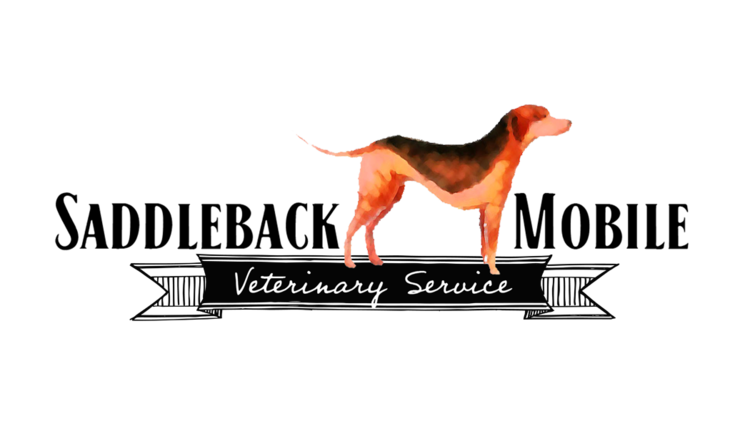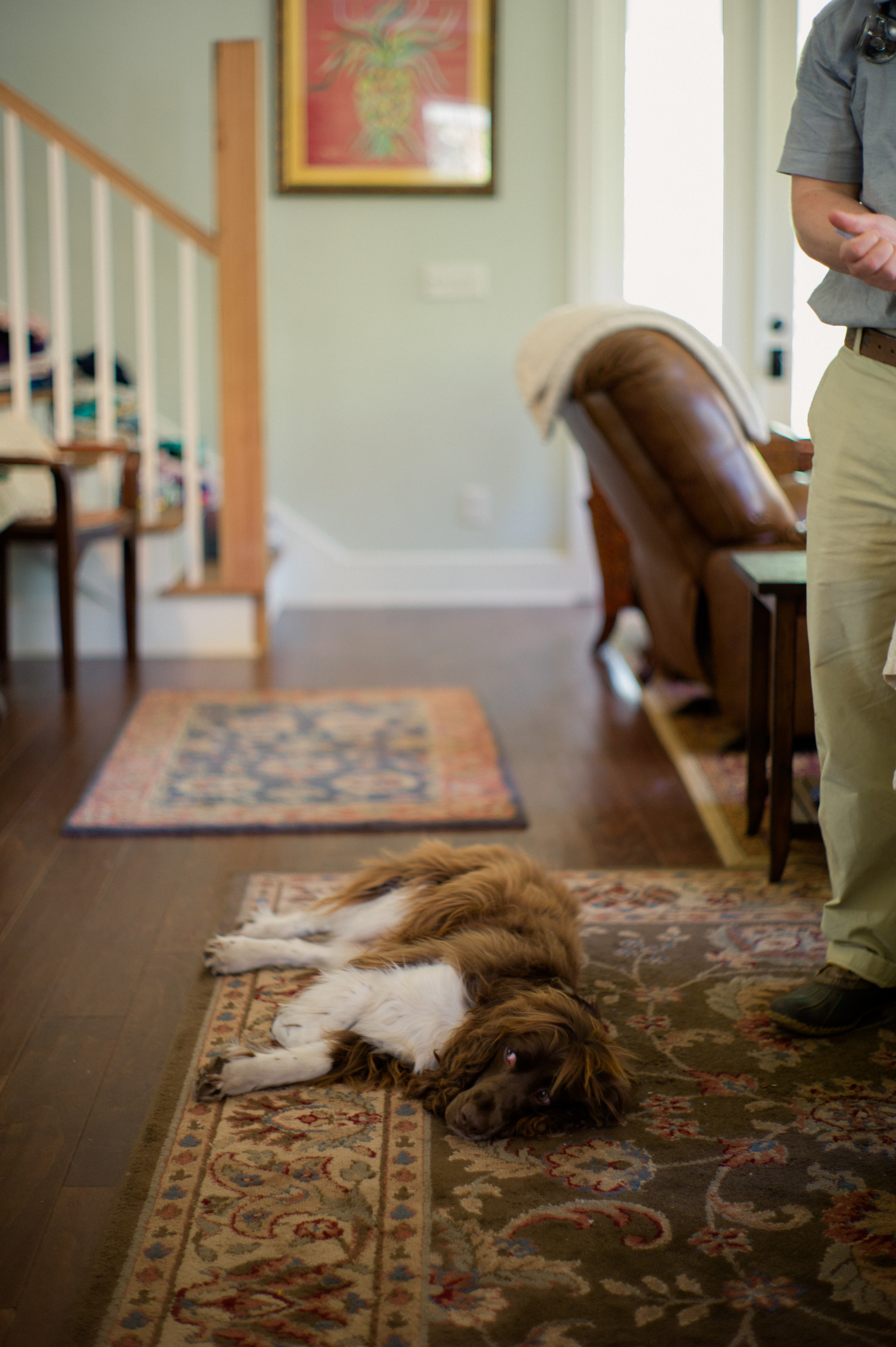Food becomes glucose (sugar) in our blood after we eat. Insulin is released naturally from our pancreas after we eat that allows our cells to become receptive to glucose use or storage as fat. During diabetes the pancreas either does not produce insulin needed to for glucose utilization or our cells are not receptive to the insulin. When blood sugar is high enough it will exert an osmotic effect as our blood is being filtered by the kidneys. The excess glucose in the urine will draw fluid from the blood and increase urine production overall. When a cat like Opie has been urinating more than normal and drinking more than normal to make up for the fluid loss, diabetes is on my disease differential list.
Diet is a major factor in managing feline diabetes. There are a number of cats who are diagnosed with diabetes that can be managed with diet alone. Opie’s diet was a urinary tract specific diet in the dry formulation that was 30% carbohydrates. Cats are obligate carnivores, which means they absolutely have to eat a high percentage of meat (protein) to be completely healthy. Our plan was to transition him to a diabetic prescription food, or at least a diet that had the highest possible protein concentration and the lowest possible carbohydrate concentration. Next Opie’s mom picked up a prescription of insulin and we discussed giving Opie insulin underneath the skin, twice daily every twelve hours. Insulin needs to be given after a meal since that molecule’s job is to allow sugar circulating in the blood safe passage to the cells. If Opie receives just the right amount of insulin, then his high levels of blood glucose will be lowered to so that he begins urinating a normal amount If Opie is not regulated then he will continue to urinate and drink more than normal. If he is regulated properly urination and drinking will be more normal.
I am not going to go into specifics about Opie’s treatment because every cat is different and if you are dealing with a pet that is exhibiting similar symptoms please talk to your veterinarian. The following are pointers that can help you along the way.
Keep Karo syrup on hand. If a diabetic animal receives an insulin overdose, insulin at the wrong time, or is improperly regulated their blood sugar can drop to dangerously low levels. A pet that has low blood sugar is lethargic, has no energy, may have dilated pupils, has trouble holding his / her head up, and may have seizures. If you see these clinical signs with your diabetic pet then place a small amount of Karo syrup on your fingertip and rub it on their gums. The sugar in the syrup will absorb through mucous membranes. You can repeat this step as often as needed. It is better from a medical standpoint to have a blood sugar reading that is too high rather than too low.
Administer insulin after a meal. If the stomach is empty then no glucose will be in the bloodstream. To insure safety train your diabetic pet to eat 12 hours apart and receive the insulin injection after the meal. If your pet is a grazer that has food available all the time then reduce the amount of food available for grazing and offer a higher value canned food for meals before insulin injections.
Diet is really really important! If you have a pet that has recently been diagnosed as diabetic, put your energy toward the proper diet. There are veterinary prescription diets available, many commercial diets will suffice, and some pet owners are preparing their own diets at home to good success. Even if your cat is picky, even if your cat hates veterinary prescription foods, do not give up on nutrition when dealing with diabetes. A sizeable percentage of pets will regulate themselves (that means no insulin injections) with the proper diet.
You can monitor diabetic pets without needles at home! Ketostrips and glucose strips are available at any pharmacy and all you need is a urine sample for these simple tests. A diabetic produces ketones which are a byproduct of muscle and fat metabolism. An unregulated diabetic pet will have high ketones in his / her urine and have fruity (ketotic) odor to their breath. Monitoring urine ketones and urine glucose is easy and noninvasive - all you need is a urine sample. You can use an empty litter box for this, shredded paper, or a pee pad to obtain a sample.
You can monitor your pet’s blood sugar at home! I will not give details about this in an article because it involves needles and blood and pets I have not met. Essentially blood glucose monitoring is less traumatic and easier than you think. Talk to your veterinarian about ways to monitor and how often to do so.
I checked in with Opie recently about 10 days after our first visit with him. He likes prescription diabetic food and is not urinating nearly as much as before. His diarrhea has resolved. We are hopeful that Opie will fall into the group of diabetic cats that will regulate with a diet change alone, but that remains to be seen. For now his insulin injections are going very well and he is allowing his mom to draw blood for blood glucose testing. A veterinary home visit to Opie’s campsite helped him spend more time on the dash of his motorhome and less time going to the litterbox.

















